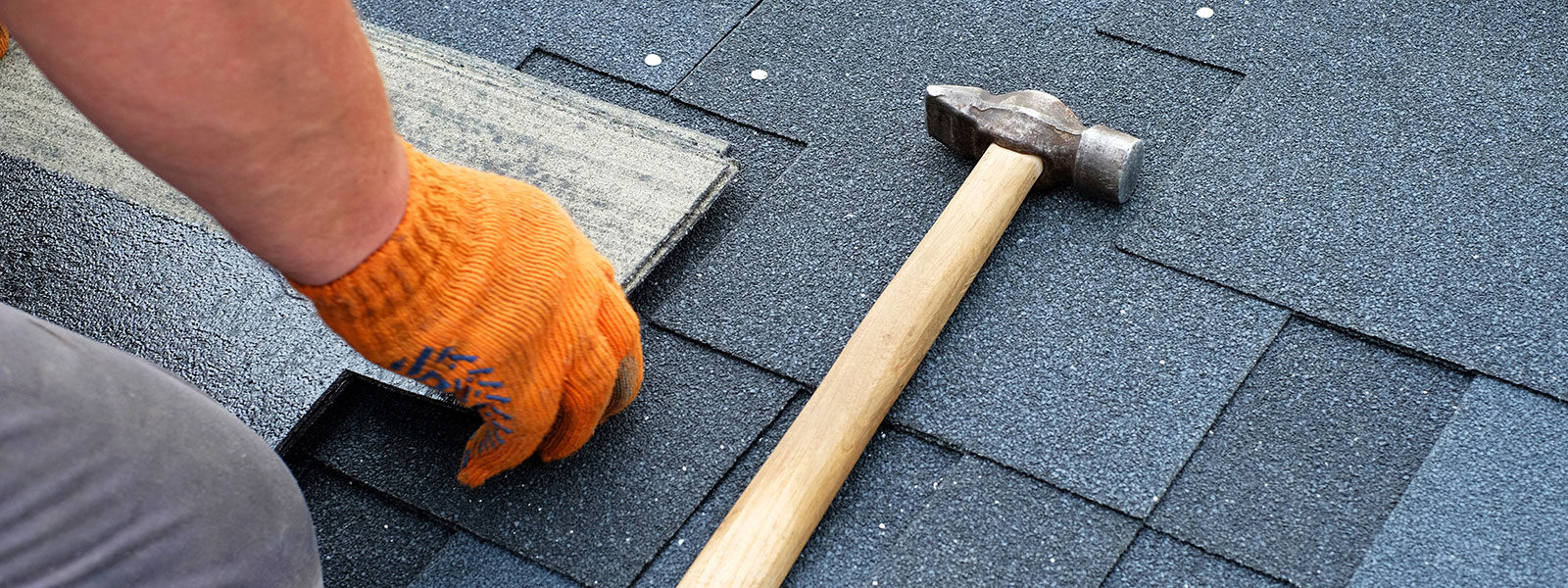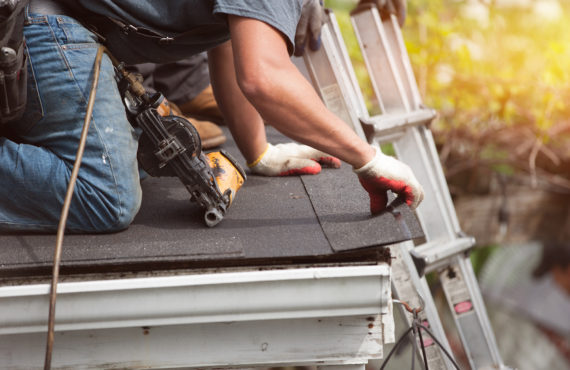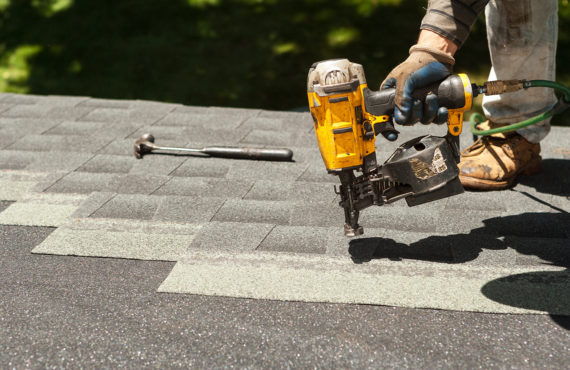
Roof Installation
The roof installation process varies depending on your home’s architecture and current roof. When you’re considering having the roof replaced on your New York home, you probably wonder about how much disruption the roof installation will cause to your life.
Fortunately, most roofs can be installed in a matter of days, and the disruption to your life should be minimal. A good roof installation includes the following steps:
Removing the Old Roof
In most cases, the old roofing should be replaced before a new roof is installed. Some people leave the old roof on and install the new roof right over the top, but there are several problems with this method. First, too many layers of shingles can add too much weight to the top of your house. Most homes are not designed to bear the weight of several roofs. Also, it’s impossible to see if there are any repairs that need to be made to the sheathing if old layers of roofing are left behind.
Evaluating the Roof
Once the old roof is removed, it’s possible to evaluate the sheathing and overall structure of the roof. Sheathing consists of flat panels that provide support and a base for the shingles. Before a new roof is installed, the sheathing must be inspected for damage. Any areas that have been damaged by water should be replaced before they’re covered by a new roof.
Installation of Water and Ice Barrier
In order to protect your healthy sheathing from future water damage, a fresh layer of underlayment should be installed. Here in New York, we get plenty of rain, ice, and snow, so it’s important to include this step in the roofing installation process. The underlayment sticks to the roof sheathing, and it’s then nailed down to add stability and strength.
Installation of the Drip Edge
The drip edge is important to your roof because it prevents water from running over the edge of the siding and leaking into your side walls. The drip edge for the lower part of the roof generally goes on before the underlayment, and the drip edge for the sides of the roof usually go on after.
Rolling Out the Underlayment
There are several kinds of underlayment (felt paper and synthetic), and they come in different thicknesses. The edges are overlapped, and all of it is nailed down for added security.
Installing the Roof
With your newly-inspected roof protected from water and ice, it’s finally time to install the roof. Depending on the type of roof you’ve chosen, we may nail down shingles or roll out and secure a flat roof.
After installing the roof, we seal up vents and pipes, install flashing using rubber roof screws, and secure any fittings.
For more information about roof installation–or to schedule a time for one of our roof specialists to visit your home and give you an estimate–contact us at Z. Abedin Construction.

